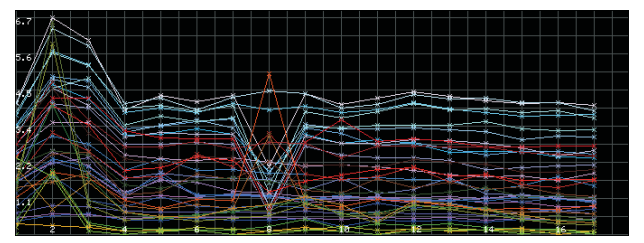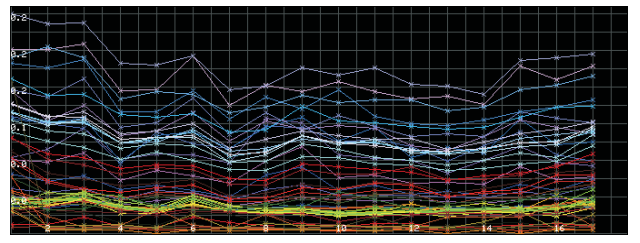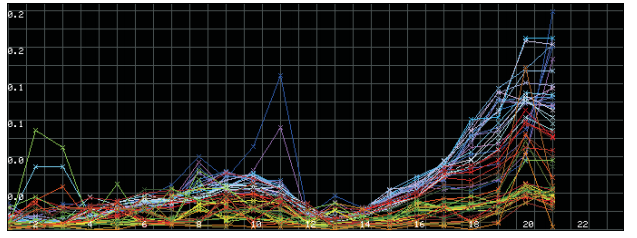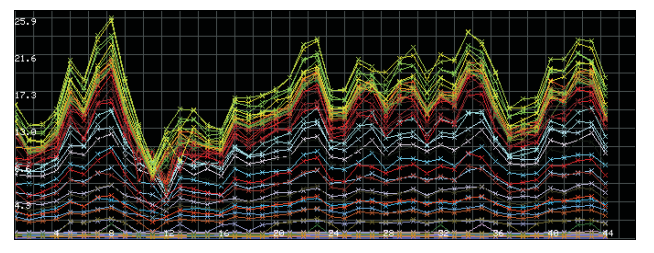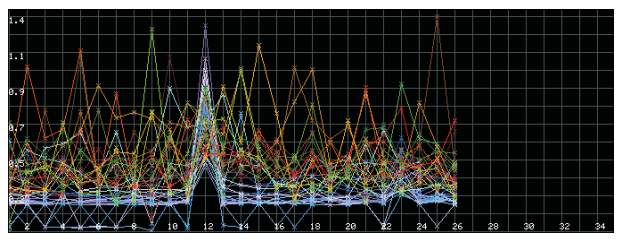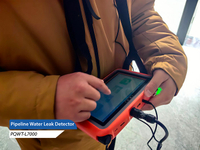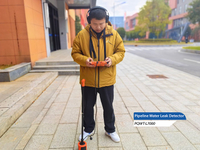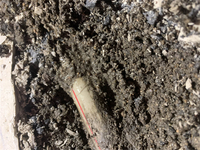- Company
- Products
- PQWT-L Indoor&Outdoor pipe leak detector
- Multi-sensors Indoor Pipe Leak Detector
- PQWT-CL Pipe Leak Detector
- PQWT-LDC New Design Wireless Pipe Leak Detector Trolly
- BT Series Wireless 3-in-1 Multi-function Pipe Leak Detector
- PQWT-CX160 Thermal Imager
- DN-II Automatic Floor Heating Pipes Leak
- Water Detector
- Mine Locator
- Cavity Detector
- Dam Piping Leak Detector
- Water Level Meter
- PQWT Pipeline Locator
- TYM Series Water Detector & Water Leak Detector
- News
- Video
- Support
- Contact Us
- Store
 English
English
 العربية
العربية Français
Français Español
Español Bahasa indonesia
Bahasa indonesia Türk dili
Türk dili